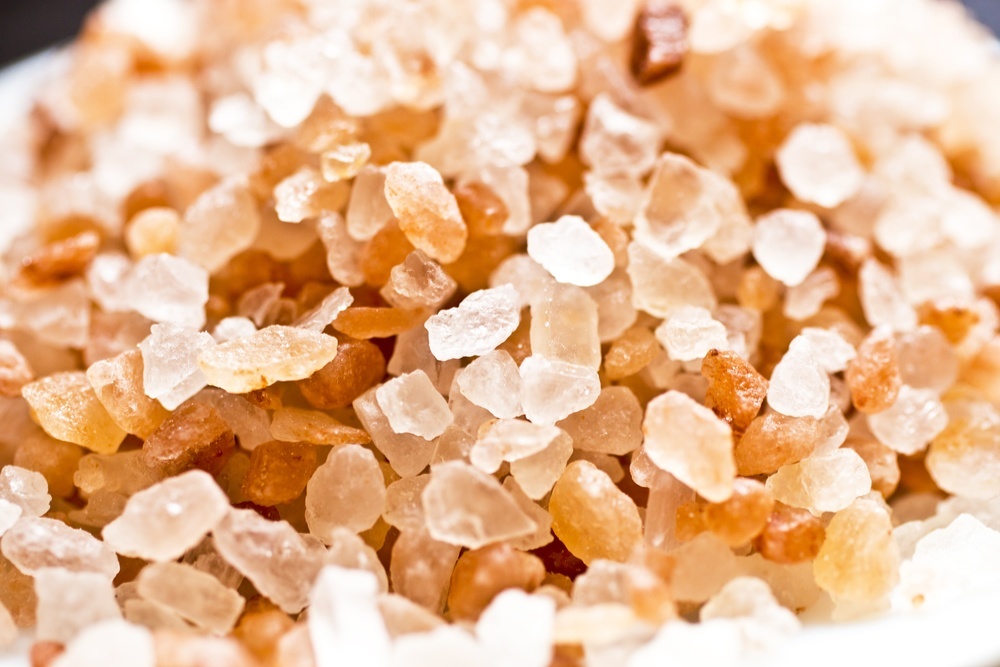A recent study published by the CDC (Centers for Disease Control) showed 9 out of 10 Americans, both adults and children, have a higher sodium intake than recommended.
The recommended amount of sodium is 2,300 mg per day but 90% of people are eating closer to 3,400 mg per day.
Recommended: Read More About the Heart Healthy Benefits of L-arginine Plus
“The finding that nine of ten adults and children still consume too much salt is alarming,” said CDC Director Dr. Tom Frieden, M.D., MPH. “The evidence is clear: too much sodium in our foods leads to high blood pressure, a major risk factor for heart disease and stroke. Reducing sodium in manufactured and restaurant foods will give consumers more choice and save lives.”
CDC (Centers for Disease Control) reports sodium is directly linked to high blood pressure, heart disease, and stroke. Those that already have hypertension are advised to consume less sodium, but most individuals often don’t limit their sodium enough.
How Do I Lower My Sodium Intake?
Many do not realize how much sodium is in the food they eat, especially when eating out.
Restaurants and pre-packaged meals from the grocery store usually have very high sodium content and there’s not a lot we can do to control that besides eating out less and eating fewer pre-packaged meals.
However, we can control our knowledge about what we are eating and choosing better options. Before buying anything at the store, look at how many grams of sodium are in it. Is there a reduced sodium version of the same product? If so, select the reduced sodium option.
More and more restaurants are also including nutritional information in their menus or online, so do a little research before you go out to eat. Some facts are startling.
For example: One of the popular dishes from Cheesecake Factory is the Spicy Cashew Chicken. You can see there is 1810 calories and a surprising 4450 mg of sodium in the dish. That is nearly double what the recommended intake is for the entire day. Make sure you know what is in your food before you eat it to ensure you’re not consuming too much sodium.
Another way to monitor your sodium is to cook at home more often. This way you can control the way your food is prepared. Make sure to taste your food before adding salt to it at the table because it probably tastes great without it!
How Does Sodium Affect My Heart?
As previously stated, high sodium intake is correlated directly to high blood pressure, strokes, and heart disease.
When you eat salt, the amount of sodium in your bloodstream increases, reducing your kidneys’ ability to remove excess water efficiently. Extra fluid and added strain on the blood vessels creates high blood pressure and puts added strain on your heart.
The higher blood pressure then puts added strain on the arteries, causing them to thicken and tighten. Overtime, they can clog and reduce the oxygen flow to the part of the heart that receive blood from the rest of the body, resulting in a heart attack.
About 1 in 3 people suffer from high blood pressure and only about half of them have it under control.
High blood pressure can be easily managed by eating healthier and taking supplements, like L-Arginine, when needed. It needs to be prevented or managed before it spirals into something worse.
Sodium is a key component to most of what we eat. If we are not careful, our heart health will be at risk.
It is not impossible to reduce our intake by reading labels, making better choices, and cooking at home more often. Follow recipes from cookbooks and websites that specifically offer low sodium options. Simple changes can make big changes for our health down the line.
“Sodium reduction is a key part of preventing heart disease and stroke,” said Sandra Jackson, an author of the report and an epidemiologist in CDC’s Division for Heart Disease and Stroke Prevention. “Reducing sodium is an achievable and effective strategy to improve heart health for everyone, but it’s going to take all of us working together to make it possible.”
Resources:
https://www.cdc.gov/media/releases/2016/p0106-sodium-intake.html
https://www.uchicagomedicine.org/conditions-services/heart-vascular/vascular-disease/conditions-treatment/peripheral-artery-disease

